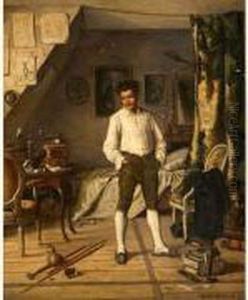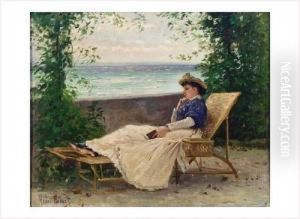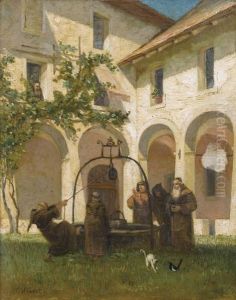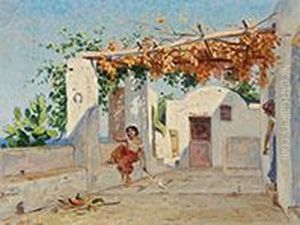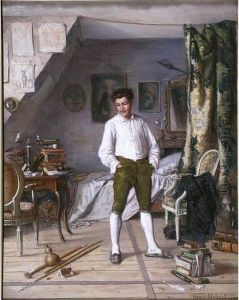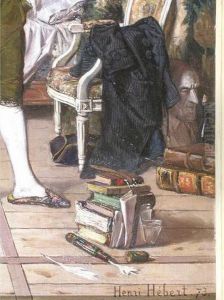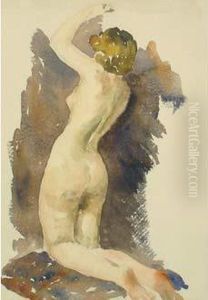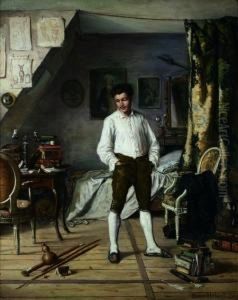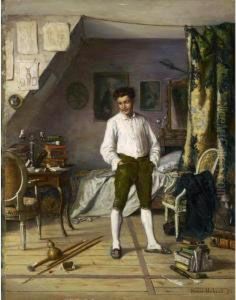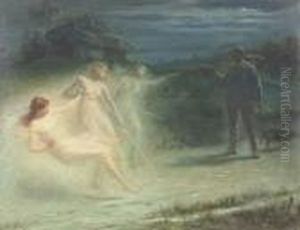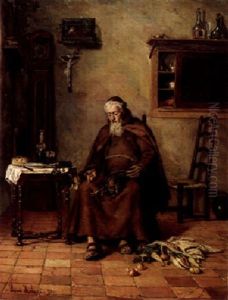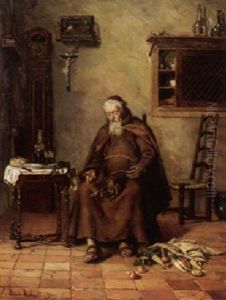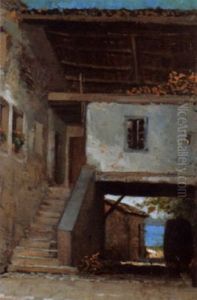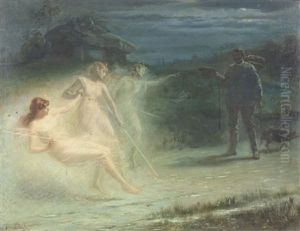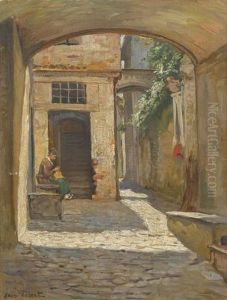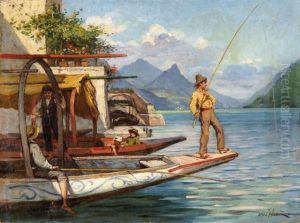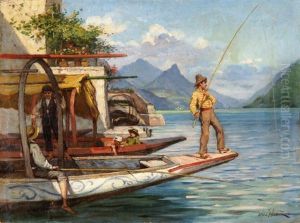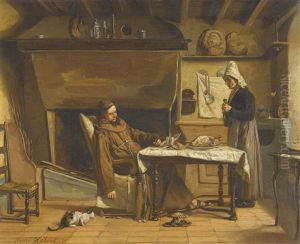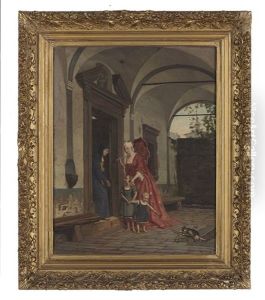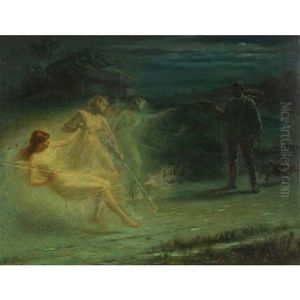Henri Hebert Paintings
Henri Hébert was a Canadian sculptor born in 1884 in Coaticook, Quebec. He was a prominent figure in Canadian sculpture, known for his significant contributions to the medium in the early 20th century. Hébert hailed from an artistic family, with his father, Louis-Philippe Hébert, being one of the most renowned Canadian sculptors of his time. This familial background provided Henri with an early exposure to the arts and undoubtedly influenced his career path.
Hébert's education in the arts was extensive. He studied in Montreal before furthering his training in Paris, which was then the epicenter of the art world. In Paris, he immersed himself in the study of sculpture, honing his skills and absorbing the influences of European art. His time in France played a critical role in shaping his artistic style, which combined elements of traditional European sculpture with a distinctively Canadian perspective.
Upon returning to Canada, Henri Hébert quickly established himself as a leading sculptor. His works often reflected Canadian themes and were notable for their craftsmanship and attention to detail. Hébert was particularly adept at creating public monuments and memorials, many of which still stand today as testaments to his skill and vision. His contributions to Canadian art were recognized by his peers and by the public, earning him several commissions and honours throughout his career.
Despite his success, Hébert's life was not without challenges. The artistic landscape in Canada during his time was evolving, and he sometimes found himself at odds with the emerging trends and preferences. Nonetheless, he remained committed to his artistic vision, producing a body of work that celebrated Canadian identity and heritage.
Henri Hébert passed away in 1950, leaving behind a legacy that has continued to influence Canadian sculpture. His works are preserved in various public and private collections, serving as a reminder of his contribution to the arts in Canada. Hébert's dedication to his craft and his ability to capture the spirit of Canada in his work have secured his place in the annals of Canadian art history.
